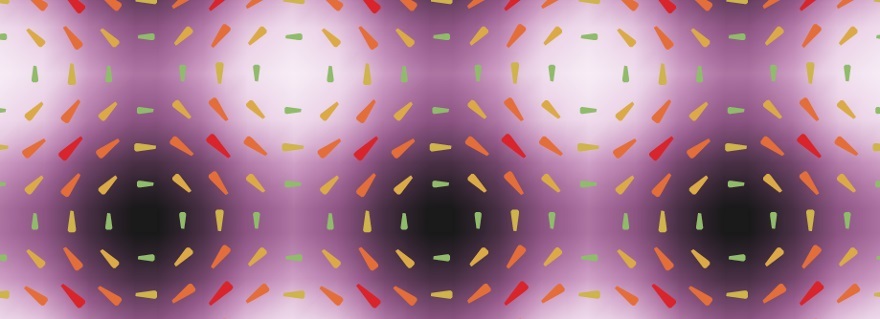06 November 2017
Physicists understand little about quantum matter, which is a building block of future quantum computers. Theorists have now discovered that black holes with ‘dreadlocks’ harbor a similarly exotic order pattern, which makes calculations on quantum matter easier. Publication in Physical Review Letters.
State of matter
In our daily life, we recognize three states of matter: solid, liquid and gas. Other possible states form a much smaller part of our lives, such as magnetism, where all particles sit neatly organized next to each other, or super fluidity, where a material has zero viscosity. Materials can also be in a state in which particles are entangled. Entanglement is a quantum mechanical phenomenon, so physicists call this state quantum matter. At the moment, we understand very little about this. A research team under supervision of Leiden physicist Jan Zaanen has now developed a theory for a different phenomenon that bears a striking resemblance to quantum matter.
Dreadlocks
Zaanen’s theory describes a black hole with a prominent braided texture, like dreadlocks. This is in contradiction with the so-called ‘no-hair theorem’: black holes don’t have hair. It means that we can only measure three properties from a black hole—its mass, electric charge and angular momentum. The surface is completely smooth, like a shaved head. However, the theoretical version of a black hole in string theory can indeed have hair; in this case with a Rastafari haircut.
Same pattern
The theory gives physicists a handle to work on understanding the still mysterious state of quantum matter. This is because the Rastafari black hole turns out to harbor an orchestrated pattern of exotic forms of order, which is indistinguishable from experimental observations of ‘high-temperature superconductivity’—a phenomenon that involves quantum matter. Experimental physicists have been wondering for decades why they observe this exotic order. Zaanen now sees the same pattern in theoretical black holes with ‘dreadlocks’.













